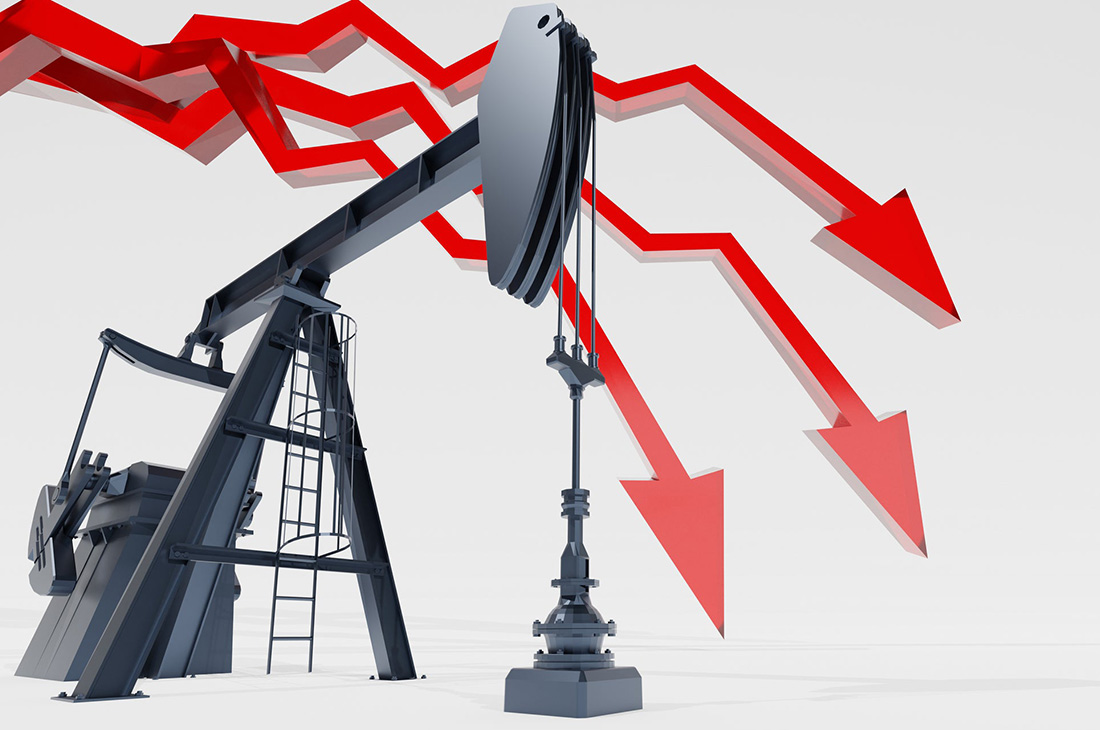It has been a hectic few days for oil price watchers. BP revised down its long-term projection for oil prices to $ 55 a barrel of Brent crude, and then the US Energy Information Administration. EIA expects Brent to average $ 37 a barrel in the second half of this year and $ 48 a barrel in 2021. That’s just bad news for the long term and bad news for the short term.
It is worth noting that each projection for the price of oil is nothing more than a prediction. No one knows where oil prices will be in one year, let alone in three decades.
The pattern of oil supply and demand in 2019, according to BP, was not particularly optimistic. That was before the oil price war in March and the pandemic leading to a collapse in demand. Last year, BP declared global oil consumption grew by just 900,000 BPD. Supply, on the other hand, dropped by a modest 60,000 BPD. It was because the strong growth in production in the United States offset the decline in production of more than 2 million BPD in OPEC. It has captured much more demand in recent years at the expense of OPEC members. Most of them depend on their oil revenues to cover their fiscal costs. In fact, according to data cited by John Kemp of Reuters, US producers have captured most of that new demand. Kemp noted that US oil production has been growing much faster than consumption. As a result, US oil producers have obtained between two thirds and three-quarters of all the growth in global oil consumption in the last ten years, leaving little for other countries.
However, the US shale is in ruins now due to the double shock of the Saudi-Russian price war and the coronavirus pandemic. Banks are becoming increasingly reluctant to lend on a reserve basis as they fear loss. They are instead cutting off access by shale producers to much-needed cash. The US shale being in trouble is a piece of good news for low-cost producers in the Gulf











